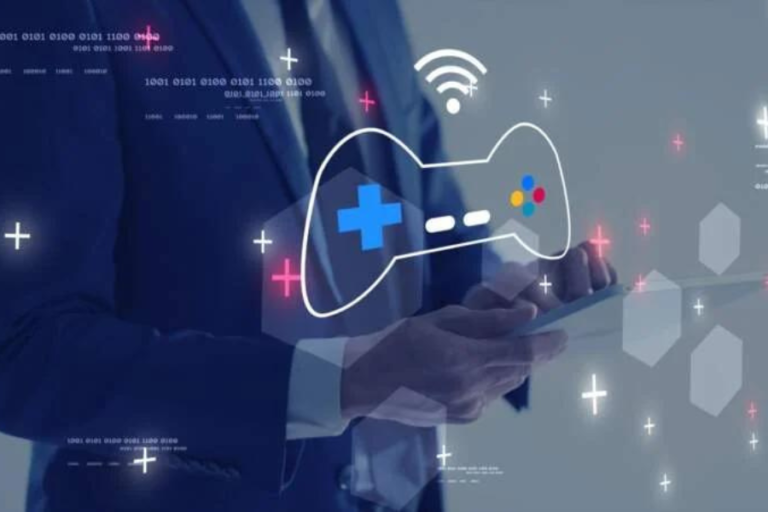Unveiling PLLSFORED: Understanding Its Scope, Uses, and Relevance
Greetings and welcome to this in-depth guide on pllsfored, your go-to resource for uncovering the meaning, purpose, and application of this unique term. While it may not be a familiar concept at first glance, pllsfored likely stands as a specialized acronym—potentially linked to fields like electronics, education, digital forensics, or advanced data systems. In this article, we’ll explore what pllsfored could signify, how it connects with related technologies, and why context is critical to understanding its value.
Let’s dig into the many possible layers of pllsfored, from theoretical roots to hands-on implication.
Breaking Down PLLSFORED: What Might It Mean?
The term pllsfored appears to be a complex acronym. To decode it effectively, we start by considering its parts:
- PLLS is most likely an abbreviation for Phase-Locked Loops, a cornerstone of modern electronics and communication systems. These are feedback control systems that align the phase of an output signal with a reference, essential for clock generation, signal recovery, and frequency modulation.
- FORED is trickier. It could be interpreted in several ways: “For Education,” “For Forensics,” “For Enhanced Data,” or “For Research and Development.”
Combining both parts leads us to possible interpretations like:
- Phase-Locked Loops for Education – an initiative or platform to teach electronic concepts.
- Phase-Locked Loops for Forensics – tools used for digital investigations and evidence recovery.
- Phase-Locked Loops for Enhanced Data – techniques to improve data security or clarity.
- Phase-Locked Loops for R&D – integration into experimental or forward-looking technologies.
Each interpretation opens a different use case for pllsfored, making it a highly adaptable term based on its application field.
How PLLSFORED Might Be Applied in Practice
1. Educational Impact: Teaching the Next Generation
If pllsfored is intended for education, the possibilities are vast:
- Learning Kits & Tools: Institutions may develop kits focused on real-world applications of PLLs—perfect for students in electronics and telecommunications programs.
- Digital Learning Platforms: Think online modules, simulations, and tutorials focusing on pllsfored applications—covering everything from basic phase-lock theory to design optimization.
- Engineering Curriculum Integration: Engineering colleges might feature pllsfored courses to explain signal synchronization and clocking in practical terms.
2. Forensic Technology: Data Recovery and Analysis
Should pllsfored be associated with forensic applications, here’s how it might be used:
- Digital Evidence Recovery: PLLs can help recover timing signals from corrupted or low-quality storage devices, vital for retrieving key evidence.
- Signal Processing in Investigations: Detecting tampered recordings, hidden data, or timestamp manipulations can be achieved through precise signal analysis, where PLLs play a central role.
- Mobile Device Analysis: By syncing with embedded systems in mobile phones, pllsfored tools could support the extraction of hard-to-access data.
3. Enhancing Data Integrity: Cleaner, Safer Transmission
In the context of enhanced data handling, pllsfored could point to:
- Improved Storage Precision: By managing read/write cycles more accurately, data loss can be minimized using pllsfored systems.
- Noise Filtering: PLLs are adept at cleaning signals—crucial in industries where accurate data is non-negotiable.
- Secure Communications: In cybersecurity, synchronizing send/receive operations via PLLs can protect against interception and tampering.
Technologies That Align With PLLSFORED
Understanding pllsfored requires diving into its supporting ecosystem. Here are closely related fields:
- Frequency Synthesis: Used to generate consistent, adjustable frequencies—central to how PLLs operate.
- Clock Recovery Systems: PLLs extract clock signals from incoming data streams, ensuring synchronous operation.
- Signal Processing Tools: Algorithms that manipulate signal properties rely on PLLs for real-time accuracy.
- Control System Engineering: PLLs themselves are control systems, so grasping feedback theory is key.
- Microelectronics Design: Since PLLs are embedded in chips, expertise in semiconductor design enhances pllsfored development.
- Digital Signal Processing (DSP): Modern PLLs use DSPs for added flexibility, especially in software-defined systems.
Where to Learn More About PLLSFORED
Depending on how pllsfored is applied, here are platforms and resources to explore:
- MOOC Platforms (Coursera, edX, Udemy): Courses on PLLs, signal processing, and embedded systems are widely available.
- Engineering Textbooks: Look for materials on control systems, microelectronics, and telecommunications engineering.
- IEEE Xplore & Research Journals: Dig into papers that discuss advanced PLL implementations in forensics, education, or communications.
- Semiconductor Company Resources: Brands like Texas Instruments or Analog Devices offer design sheets and practical notes involving PLLs.
- Forums & Technical Communities: Sites like Stack Exchange, Reddit’s r/Electronics, or All About Circuits often host discussions where pllsfored-like topics come up.
Why Context Matters in Defining PLLSFORED
The true meaning of pllsfored cannot be fully grasped without contextual information. If you encountered the term in a course, article, or company document, review the surrounding material. Was it used in relation to digital security? Academic programming? Forensic analysis? This background makes all the difference.
If direct context is unavailable, consider reaching out to the author, instructor, or organization where the term appeared. The best understanding often comes directly from the source.
FAQs
Q1: Is pllsfored a widely recognized term?
No, pllsfored appears to be a niche or emerging acronym, possibly internal to a specific domain like engineering, education, or data forensics.
Q2: Can pllsfored be applied in cybersecurity?
Yes. If pllsfored involves PLLs for enhanced data, it could be used to improve secure communications and prevent data interception.
Q3: Are there academic courses that teach pllsfored?
While the exact term may not appear in course titles, many electrical engineering programs cover its core concepts through PLL modules.
Q4: How can I gain hands-on experience with pllsfored?
Start with PLL training kits, simulation software like MATLAB or Multisim, and online courses on control systems.
Q5: What industries might use pllsfored?
Education, digital forensics, telecommunications, embedded systems, aerospace, and any field that uses PLLs for data synchronization or processing.
Final Thoughts
The mystery of pllsfored reveals just how layered and interdisciplinary acronyms can be. Whether it relates to training students, aiding forensic investigations, or securing digital communication, pllsfored has the potential to be a powerful, adaptive term—especially if grounded in the proven utility of Phase-Locked Loops.
By examining the potential meanings, applications, and supporting technologies, you’ve now got a strong foundation to identify and explore pllsfored further. Context is your best guide—and the more you learn, the more clearly this term will come into focus.
Stay in touch to get more news & updates on Hamrosolarllc!






